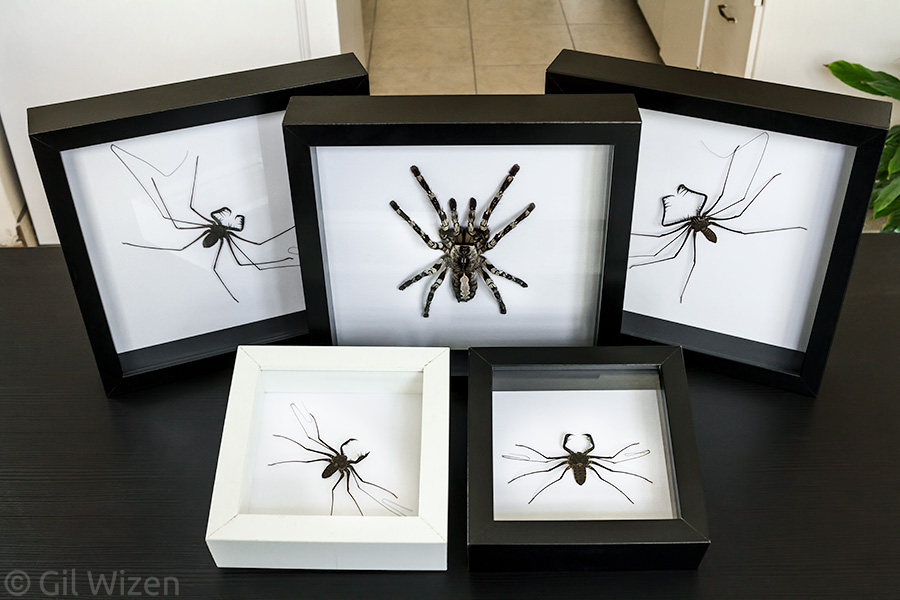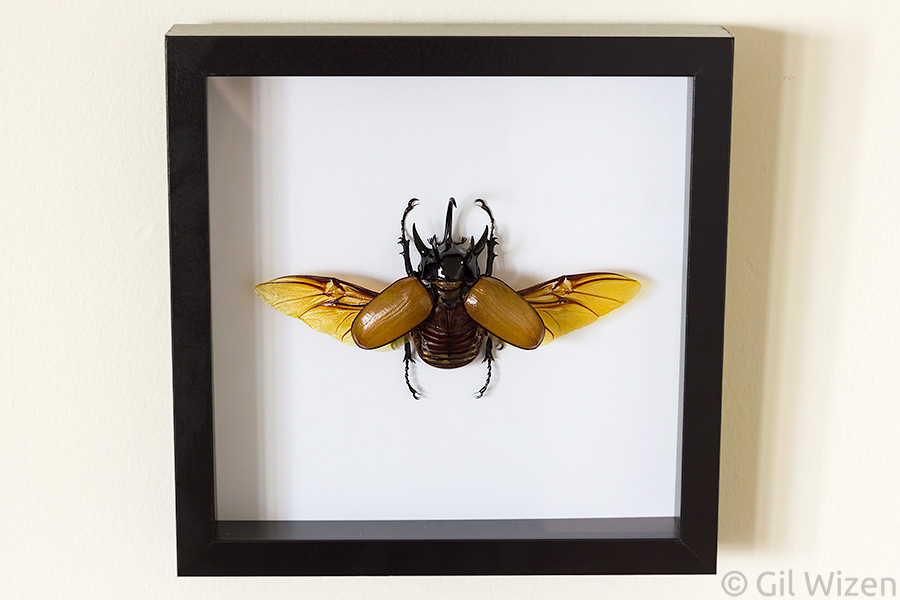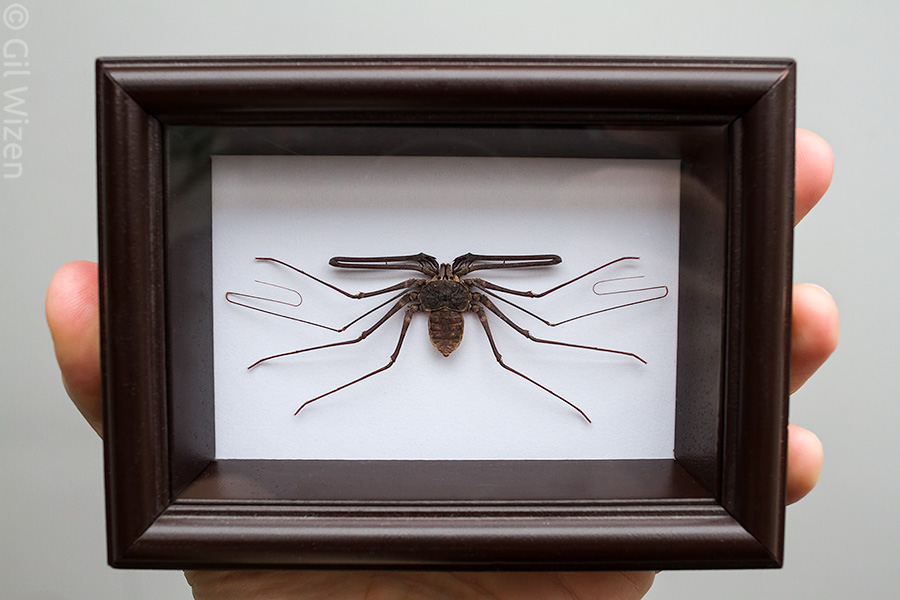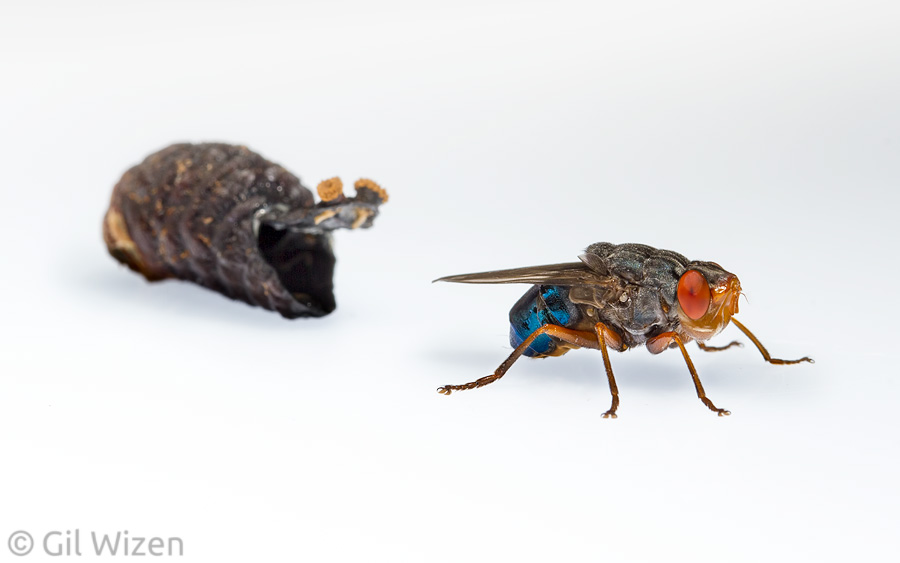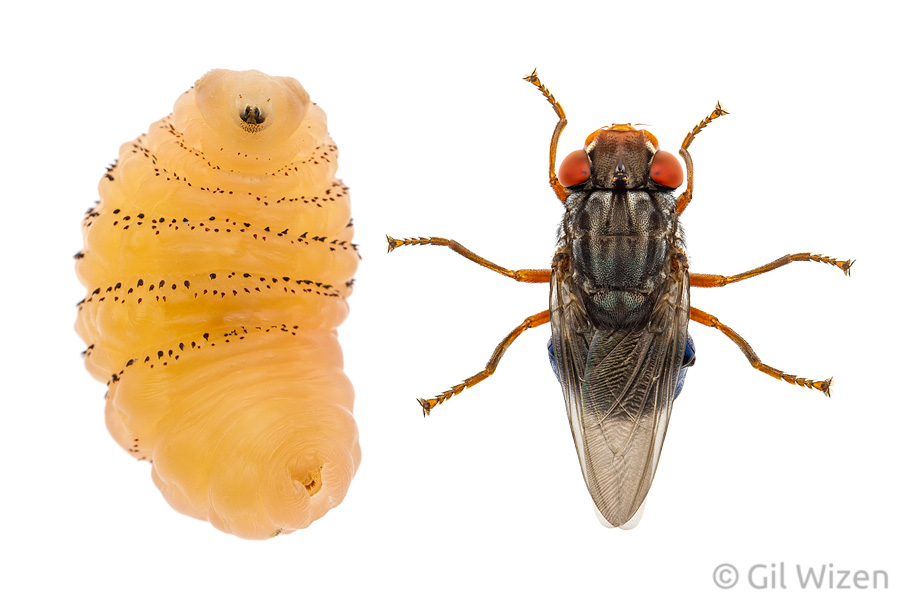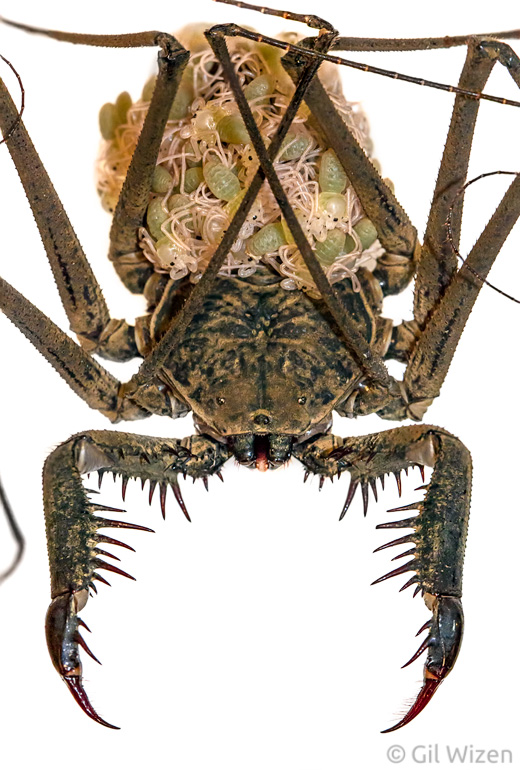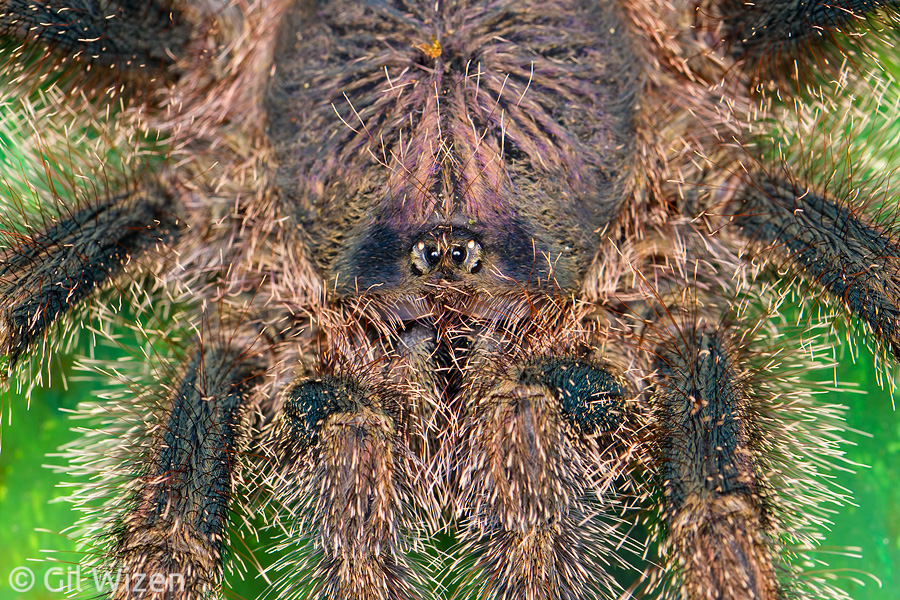Public outreach: Promoting the appreciation of arthropods
Last weekend I had the pleasure of taking part in an outreach event, Guelph Bug Day, at the University of Guelph Arboretum. Bug days are public events, usually free of any admission fees, which promote the appreciation and admiration of insects and arachnids, and set out to educate anyone who is fascinated by arthropods.
 This is not the first time I participate in such an event. Last year I presented arachnids at Bug Day Ottawa. In fact, ever since I became interested in insects and their natural history, I have been involved in presenting them to whoever was interested: I brought live insects to lab sessions in high school, I led my mates in outdoor excursions to find spiders and scorpions during my military service, I collaborated with operating museums and insectariums as a consultant on exhibitions, and I incorporated the use of live insects in biology studies at universities to help students gain a better understanding of the courses material. More recently though, I have been more active in events aimed at the general public, in order to bring arthropods into the mainstream and help people overcome their fears. And so far, it has been a blast. Take this recent bug day in Guelph for example: I found myself smiling from ear to ear the whole time, and my table was always busy with no moment to rest, not that I am complaining. This was the first time Guelph holds a bug day event and to be honest, it was the best one I have ever been to. It was that good. But before I talk about the bug day, let me elaborate a little about public outreach and why I think it is important.
This is not the first time I participate in such an event. Last year I presented arachnids at Bug Day Ottawa. In fact, ever since I became interested in insects and their natural history, I have been involved in presenting them to whoever was interested: I brought live insects to lab sessions in high school, I led my mates in outdoor excursions to find spiders and scorpions during my military service, I collaborated with operating museums and insectariums as a consultant on exhibitions, and I incorporated the use of live insects in biology studies at universities to help students gain a better understanding of the courses material. More recently though, I have been more active in events aimed at the general public, in order to bring arthropods into the mainstream and help people overcome their fears. And so far, it has been a blast. Take this recent bug day in Guelph for example: I found myself smiling from ear to ear the whole time, and my table was always busy with no moment to rest, not that I am complaining. This was the first time Guelph holds a bug day event and to be honest, it was the best one I have ever been to. It was that good. But before I talk about the bug day, let me elaborate a little about public outreach and why I think it is important.
When working in science, especially when you acquire some expertise, it becomes difficult to expose the public to your subject of research and communicate about it. The more knowledge you gain about your study system, the harder it gets to explain it to people with little or no science background and get them to care about it. I am happy to say that this is changing thanks to the engagement of researchers and science communicators with the public on social media. Yet there is still a long way to go.
More specifically, nowadays most people go about their daily lives with little or no exposure to the wonders of nature. I once brought velvet worms to a public outreach event at the Toronto Zoo and the response was phenomenal. It was not surprising – the majority of people, biologists included, will live through their lives without even knowing these majestic animals exist, let alone see a live one. So in my opinion this exposure is critical, it can influence the public’s opinion and later have implications for nature conservation. I do think people should familiarize themselves with whatever is found in their area, both plants and animals. After all, insects and spiders are everywhere, and most of them are not out to get anyone. They are harmless and usually mind their own business.
When I present live arthropods, I love interacting with children and let them handle the animals, but I am even more interested in getting the parents into the game. You see, the reality is that the majority of kids already like bugs. They are curious about the diverse world of invertebrates, those common animals that are so different from mammals and birds, and have the appearance of small toys. Unfortunately, at some point children lose their interest in invertebrates, and sometimes even worse, replace it with fear and hate. It is difficult to pinpoint exactly when and why that stage occurs. But it is most likely due to an environmental influence – succumbing to peer-pressure from friends or parents, and witnessing a shift in cultural appreciation as technology takes nature’s place. Parents have a huge role in preserving the view of the natural world in young people’s minds by encouraging them and nurturing their curiosity. Many times I have seen an excited kid holding an insect turn to their parents in hopes for affirmation. However, sometimes the kids are uninterested in insects, in which case I try to work directly with the parents and get them to handle the animals. Some children just need to see their parents doing something a bit unconventional to get confirmation that they are cool!
It just so happens that I stumbled upon this beautiful artwork by Tiana Cabana, a lovely composite image (inspired by another artwork) depicting my burning passion and mission –
Give small critters some room in your heart. Embrace them.
It will make you a better person, and they will appreciate it too.
Going back to Guelph Bug Day, I was astonished by the sheer amount of positivity expressed by the visitors attending. Even those who confessed their fears gave the arachnids a chance after listening to some facts about them and realizing that they do not pose a threat. I find this level of open-mindness incredible, and it is in great part thanks to the amazing organizers and volunteers who put so much of their energy into making this event a reality. Such a talented group of people.
I returned home from the bug day with such a “high”, almost intoxicated, feeling. At first I didn’t know what it was. Sure, the event was fun, but was it that fun? What is this smile smeared all over my face? Why am I so restless, why can’t I just sit down? And it finally dawned on me what it is that I was feeling. It was love. I was in love.
So yeah, I can get pretty emotional at times, but the important take home message for me here is that I can see myself doing this every single day, for the rest of my life. Thank you, Guelph Bug Day. You have a special place in my heart.
One lesson learned from doing these events – I need to bring a camera…


